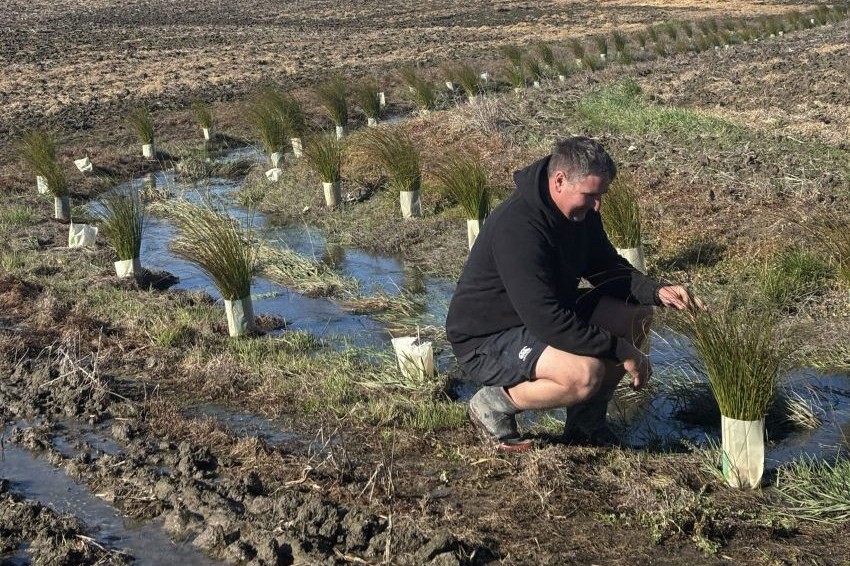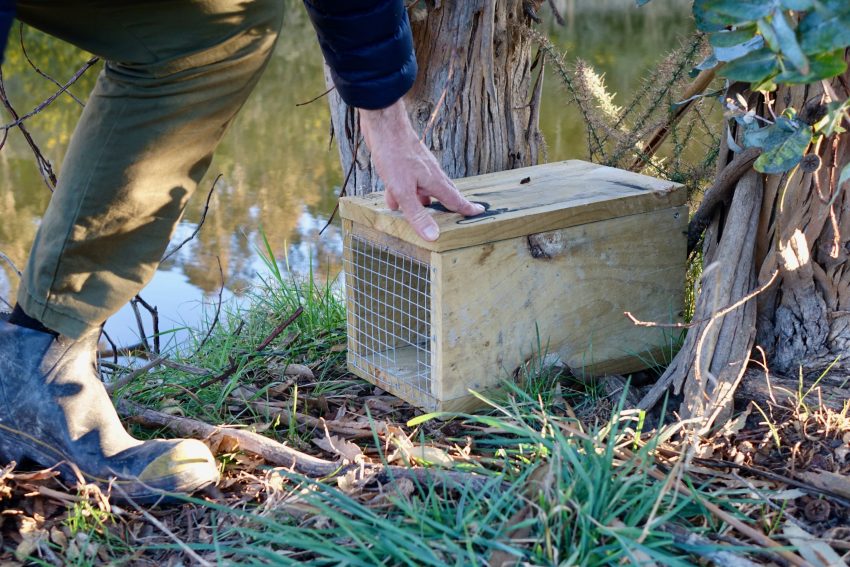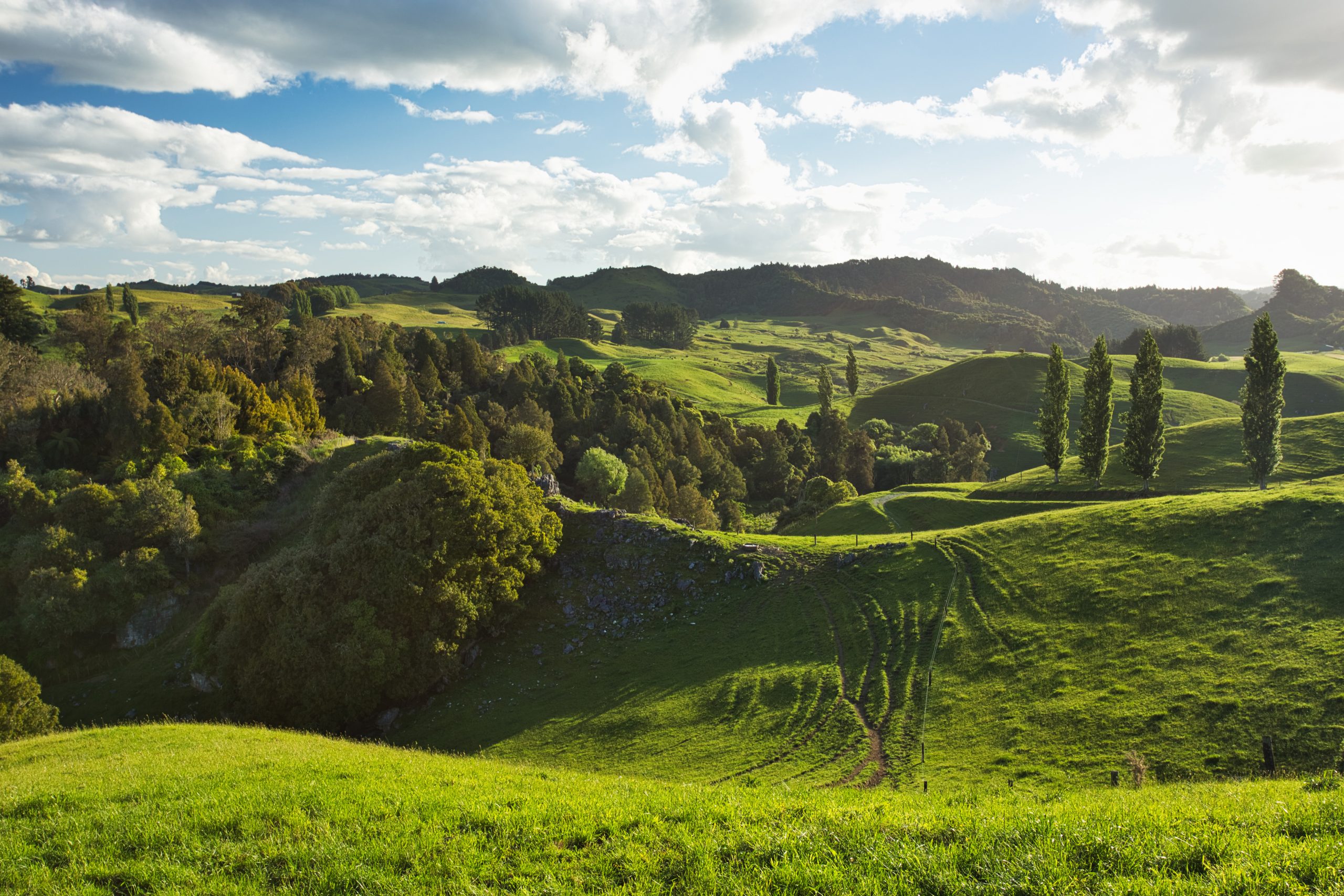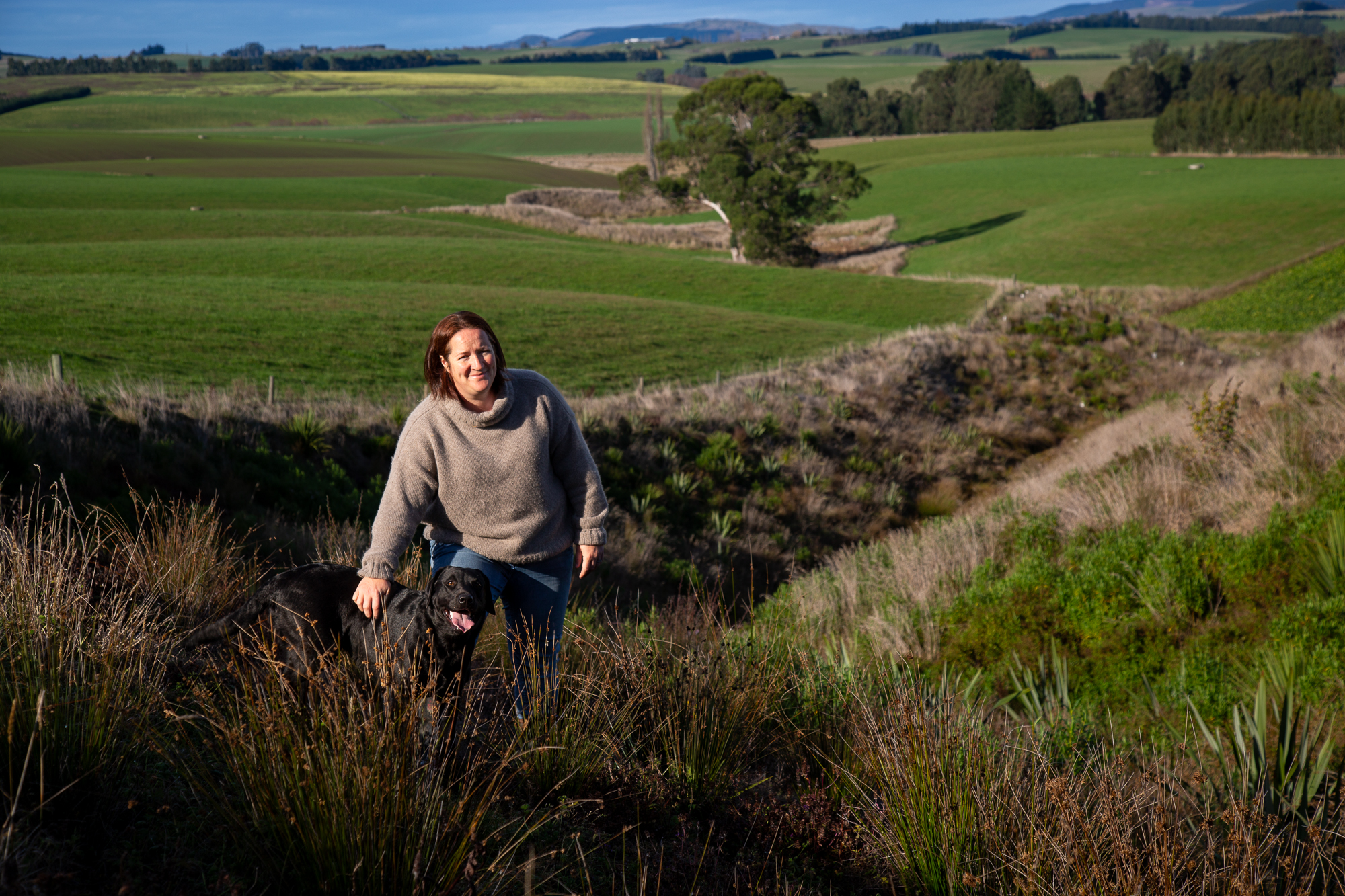Defend winter grazing
James Hoban outlines how the National Environmental Standards will affect winter grazing rules.
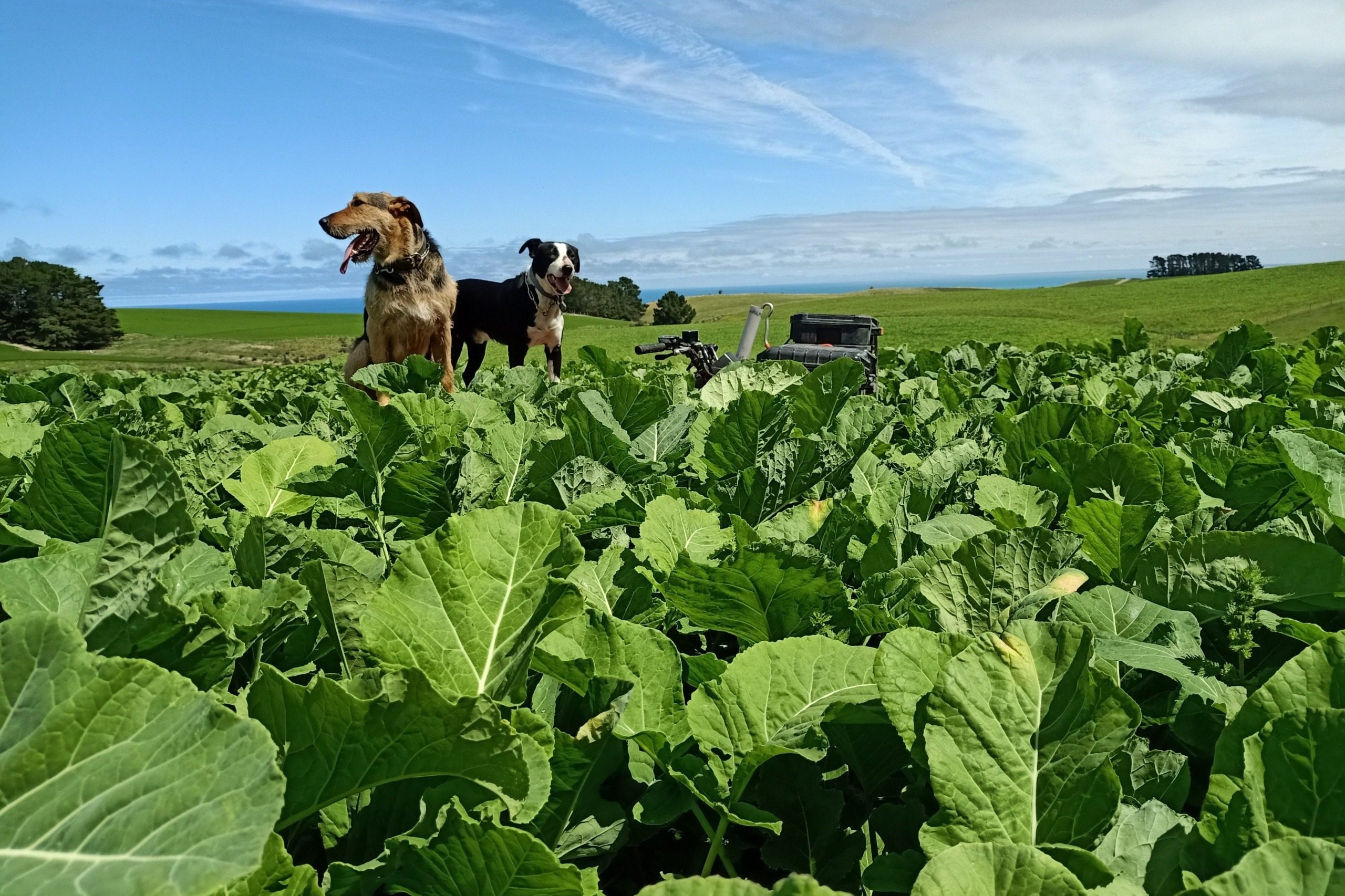
James Hoban outlines how the National Environmental Standards will affect winter grazing rules.
Winter grazing rules announced by the Government in 2020 created fear and frustration in the farming community.
They were said to be heavy handed and impractical. There was a strong backlash from industry groups and after much debate, the implementation of the rules was delayed until May 2022. Viewing this delay as a reprieve would be a mistake. It is not an opportunity to carry on unmonitored with heads in the sand for a year. Instead, it is an opportunity to make sure wintering practices are defendable in the face of public scrutiny.
Some regional councils have already used aerial surveys to assess wintering practices and it appears likely that this will be a growing trend. Various non-farming groups have claimed an interest in how farmers manage winter grazing and they will inevitably keep pressure on regulators. Despite the newest rules being delayed, farmers across the country will be watched carefully in 2021.
Interestingly, both Beef + Lamb New Zealand and Federated Farmers have publicly told attendees at industry events that as well as ensuring their own house is in order, they should report any unacceptable wintering they see, to an industry group.
The industry’s line is that it will only take a few to let a whole sector down. Widespread, good management will help solidify the pro-farming lobbyist’s case that draconian rules are not required. Farmers have this winter to show they can be trusted to manage intensive grazing without heavy handed regulation. Failure to do that will see the strictest rules become law while success offers a slim hope that sector groups may be in a strong enough position to achieve some further changes.
There are two areas of regulations that farmers should have a watchful eye on. One of those is the National Policy Statement for Freshwater Management which will take several years to develop and will include opportunity for community involvement. It will help decide regional policy.
The more pressing set of rules from Wellington is the National Environmental Standards (NES) – these were announced in 2020 and mostly came into force last September. The delayed winter grazing rules are part of this.
When Environment Canterbury (ECAN) drafted Plan Change 5 to its Land and Water Plan, council staff stated publicly that the intention behind consent conditions around winter feed was to ensure the most intensive 10-15% of situations were captured by the consenting regime. This was on the basis that the most intensive farms largely posed the biggest environmental risk, if some of their activities were not carefully managed. So 10-15% of farmers needed resource consent because their intensity was reasonably drastic but the logic was clear.
What ECan unfortunately, and to be charitable let’s assume unwittingly, wrote was a rule that could have seen over half of farmers needing resource consents just to continue operating. The backlash and lengthy submission and hearing processes influenced hearing commissioners and the council actually agreed with key parts of the submissions. This helped turn blunt, sledgehammer policy into something more in line with what the planners had actually wanted to achieve.
Unfortunately what has come out of Wellington in the NES trumps all of this and renders most of the time spent by farmers and community members engaging with ECan as lost hours.

Resource consents
The NES winter grazing rules will see a large percentage of farmers needing resource consents for winter feed.
Resource Consents are a tool available to regulators to ensure people having a significant environmental impact have to jump through a suitably high hoop to get permission and then live under a set of conditions that help manage the impact. There is a lot of time and energy involved in applying for, processing and monitoring consents. Most consent applications are complicated enough that farmers use consultants for the application process. This inevitably adds at least several thousand dollars in consulting fees to the processing cost.
Councils have occasionally mumbled publicly about streamlined, faster, smoother, cheaper consenting processes that could help when blunt rules require large numbers of consents for quite simple activities. This has been a placatory idea floated around the time of controversial new rules, such as the winter grazing rules, but in practice is yet to happen.
The intricacies of the process for applying are unknown and the cost can only be assumed to be similar to what consents cost now, in the absence of any clearer information. Unless the rules change between now and May 2022, then anyone who triggers any of the following criteria will need resource consents for their winter feed.
- Expanding the area of winter feed beyond what was grown on farm between 2014 and 2019.
- Growing either 50ha or more than 10 percent of the farm in winter forage crops.
- Redrilling winter feed paddocks later than October 1 in most regions and November 1 in Southland and Otago.
- Growing winter feed in paddocks with a mean slope greater than 10 degrees.
- Not achieving a 5m setback buffer between winter feed crops and waterways.
- Unacceptable pugging which is defined as pugging 20cm deep (this can be one footprint) or pugging that covers more than 50% of the paddock.
Farmers have very quickly spotted the practical challenges, which Wellington experts appear not to have grasped before publicly releasing the conditions above. In fairness to regional councils, they are not excited about the practicalities of assessing slope and measuring hoof prints either. They are also grappling with a potential mass consent processing spree. It is hard to find supporters for the details in these rules outside of Wellington, regardless of whether they are on the farming or regulatory side of the fence.
None of that changes the risks associated with winter grazing and the tools available to manage these. No farmer wants to make a mess in winter. All farmers have seen it happen.
Have back-up plans
With this in mind, the following winter grazing tips are worth consideration:
- Have a plan A, B and C, as a minimum, for every paddock that is growing winter feed crops. Wet winters happen and it is important to be able to implement a plan when they do. Higher risk paddocks should be grazed when there is a period of settled weather. Factor in allowance for poorer utilisation, extra supplement, standoff areas and potentially taking the crop to stock where these can help mitigate mess.
- In 2021 these plans really should be committed to paper and shared with everyone who will be involved in carrying them out – whoever shifts the break or feeds out needs to know the plan.
- Consider critical source areas such as low points in paddocks and streams near crops. These should be considered as early as crop establishment. Buffer strips of rank grass can be effective at slowing runoff and catching nutrients and sediment before they enter streams.
- Use the support available. MPI, B+LNZ and DairyNZ all have freely available templates for creating winter feed management plans.
- Considered grazing direction and break placements helps reduce the amount of runoff and sediment lost from paddocks. The more vegetation that is between the animals and a stream, for as long as possible, the better. So, working towards streams is best, rather than grazing stream sides first or working away from them. Working downhill is better than moving across a slope or from the bottom up.
- Paddock selection is key. If a particular paddock creates risks that would not be defendable on the front page of the paper, then is it the right paddock to plant winter feed in? Consider location of waterways, access, ability to graze away from streams, slope, shelter and stock water.

